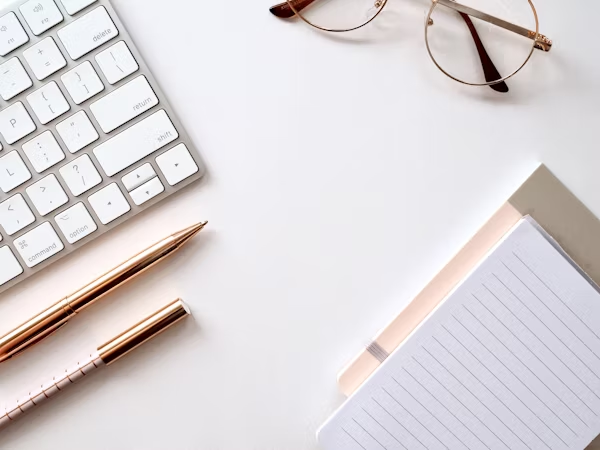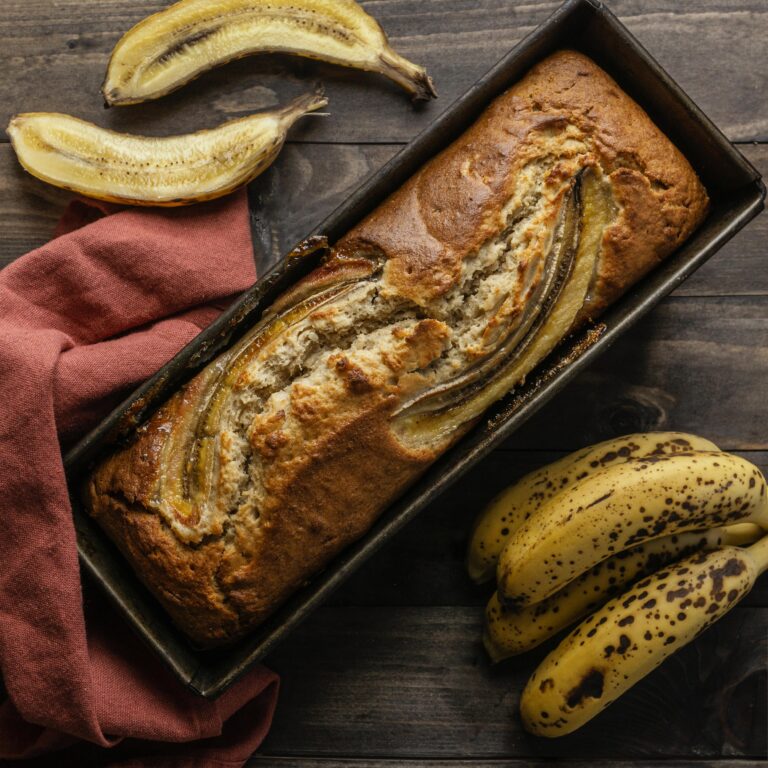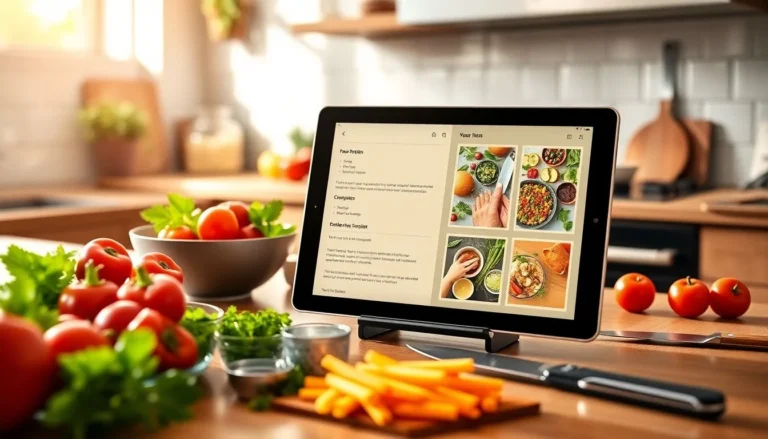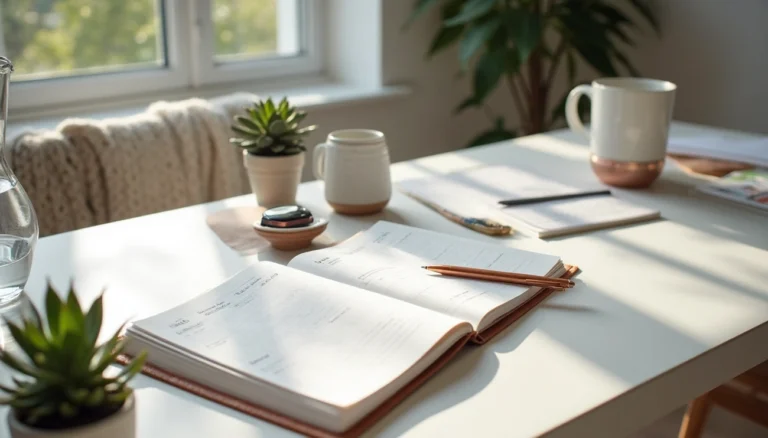How Many Planners Do You Need? Find Your Perfect Balance [2025 Guide]
How Many Planners Do You Need? Find Your Perfect Balance [2025 Guide] If you love planners, you’re not alone. More people are stocking up, drawn in by the hope of staying organized and on top of busy routines. But once you start, it’s easy to wonder how many planners make sense before things get confusing instead of helpful.
The honest answer? Most people do best with just one well-chosen planner. For some, having a second or even third planner helps separate work from personal life or keep track of special projects. The real key is finding a balance—enough planning to feel in control, not so much that you feel buried in paper clutter or digital lists.
This post helps you cut through the noise and figure out what works for you. You’ll learn how to balance the drive to stay organized with the risk of over-planning. If you’re looking to make your planning system work without feeling overwhelmed, you’re in the right place.
Defining the Purpose: Why Use Planners?
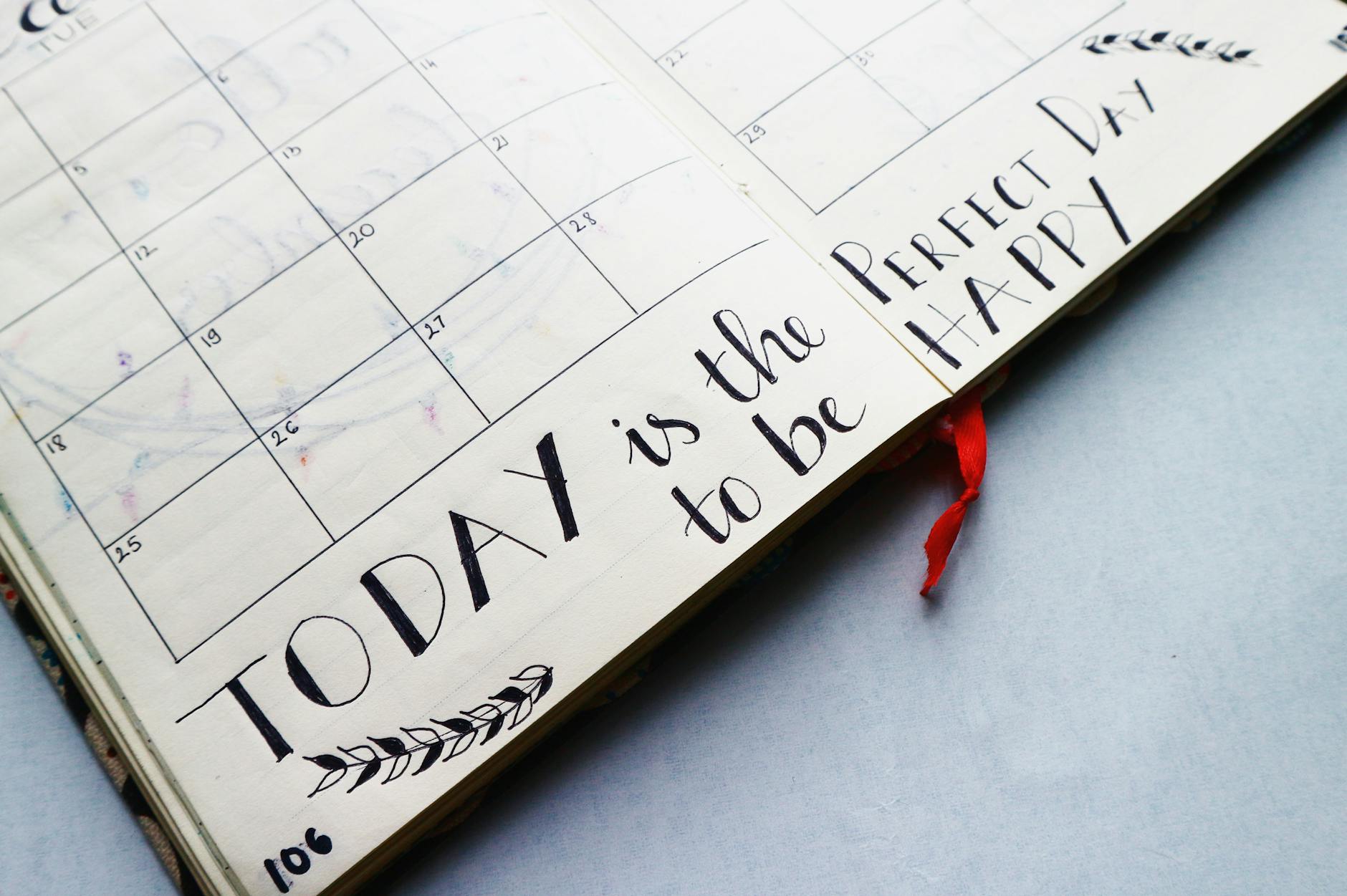 Photo by Bich Tran
Photo by Bich Tran
A planner isn’t just a notebook—it’s a tool for making life smoother, intentions clearer, and goals more realistic. The right planner helps you track appointments, remember important dates, and chip away at big projects. Whether you want to organize your workdays, stay in control of your money, or manage personal habits, the function should always decide how many planners you use. If one planner fits all your needs, that’s perfect. But if you find yourself squeezing unrelated tasks onto the same page, a second planner could make your days feel less cramped.
Common Types of Planners and Their Uses
There’s no one-size-fits-all when it comes to planners. You’ll find several types, each aimed at different needs and personalities. Here’s a quick run-through of common options:
- Daily Planners
These break each day into time slots or task lists, making them ideal for busy schedules. They’re great for people who thrive on routine and want to track specific commitments. - Bullet Journals
Flexible and creative, bullet journals let you design custom layouts. If you like doodling, habit tracking, or making lists your own way, this system is for you. It’s both a planner and a creative space in one. - Digital Planners
For fans of technology, digital planners come as apps or templates that sync across devices. They offer reminders and easy edits—perfect if you switch between your phone and laptop throughout the day. - Specialized Planners
These zero in on specific goals:- Fitness Planners track workouts, nutrition, and health goals.
- Budget Planners help you manage finances, spending, and savings targets.
- Project Planners organize big tasks and milestones, ideal for event planning or work deadlines.
Signs You Might Need More Than One Planner
It’s tempting to stick with just one planner, but sometimes life pulls you in too many directions. Here are signs you might want a second (or even a third) planner:
- You need to separate work from personal life.
Mixing deadlines with family plans can make both feel muddled. Two planners can draw a clear line between “on the clock” and “off the clock.” - You juggle major side projects.
Got a business on the side or planning a wedding? A dedicated planner keeps all the moving parts in one spot. - You track unique goals.
Fitness routines, travel dreams, or intricate budgets often need their own space. Specialized planners let you go deep without crowding out your main schedule. - You’re overwhelmed by clutter.
If your planner pages are stuffed or you’re scrambling to find notes, it’s a sign to split things up.
A multi-planner system isn’t as rare as you might think—many people use separate planners to keep their work and personal tasks distinct or simply to make sure nothing slips through the cracks. For more insights on using multiple planners, check out this discussion on Reddit.
The best system does one thing: it keeps you organized without adding stress. If your planner (or planners) helps you feel clear-headed and in control, you’re using the right system for you.
The Case for a Single, Well-Structured Planner
When you keep your life in one planner, you create a single point of truth for all your plans and tasks. This approach often brings more order, saves time, and clears mental clutter. Instead of flipping between notebooks and apps, you always know where to find what you need. Let’s look at the true power of using just one, well-structured planner for most of your needs.
 Photo by Peter Olexa
Photo by Peter Olexa
Simplicity: One Home for Everything
Having one planner strips away confusion. You train yourself to reach for a single tool, building a natural habit. When everything has a place, you cut down on wasted time searching for notes or rewiring your brain to remember where that packing list or meeting is hiding.
Some benefits of sticking to one planner include:
- All your appointments, deadlines, and notes stay together.
- You only need to check and update one spot.
- You avoid the mental drain of managing many tools.
Life feels simpler when the organizing process itself doesn’t add steps. This simplicity makes it easy to form a daily routine of planning, checking off tasks, and reflecting on progress. Many productivity experts agree: the more you streamline your system, the more you get out of it. Check out the full list of perks shared in this post on the essential benefits of planners.
Reducing Cognitive Load
Every extra planner is an extra thing to remember. When you have one planner, your brain stays focused on your actual plans—not on remembering where they’re written. This reduces what psychologists call “cognitive load.” It’s like closing unwanted browser tabs in your mind.
Here’s how a single planner keeps things light:
- Less decision fatigue about which notebook, folder, or app to use.
- Fewer distractions, so you stay connected to your top priorities.
- Clearer memory of what needs to be done, since everything is in one timeline.
Using one planner also makes it easier to develop the habit of checking and updating your system, a key for making any planner useful.
Covering Most Needs With One System
A thoughtfully designed planner can serve almost any purpose—appointments, projects, shopping lists, or goals—without needing to split your attention. Many planners include blank pages, goal trackers, and handy sections for notes. With just a few tweaks, you can personalize your planner for different focus areas.
Here’s what you can track in a single, well-structured planner:
- Daily and weekly tasks
- Work and personal appointments
- Budget or expenseHabit trackers
- Project notes and to-do lists
- Quick reminders and brainstorms
Stronger Focus, Less Overwhelm
A single planner helps you zoom in on today’s goals and track the bigger picture all at once. There’s less to flip through. No second-guessing. By having just one place to organize life, your energy goes towards getting things done—not keeping track of your organizing tools.
The result? More time, better focus, and the calm that comes from knowing your plans stay clear and close at hand.
How do I determine the right number of planners for my needs?
Start by assessing your daily tasks and responsibilities. If you juggle multiple roles—such as work, personal life, and finances—you might benefit from separate planners. However, if you prefer simplicity, an all-in-one planner could be the best choice.
What are the benefits of using multiple planners versus just one?
Using multiple planners allows for better organization and separation of different aspects of life, preventing clutter. However, a single planner keeps everything streamlined and avoids the hassle of managing multiple books.

